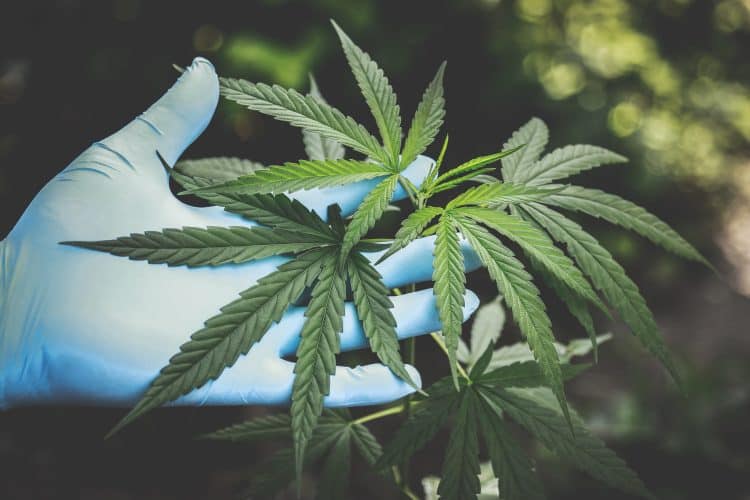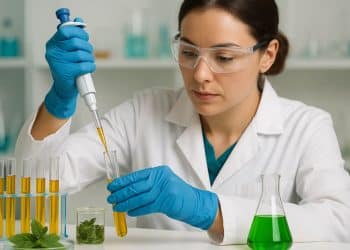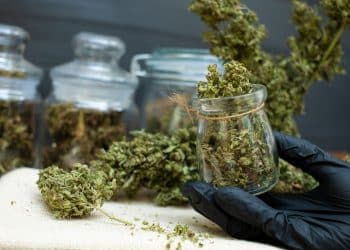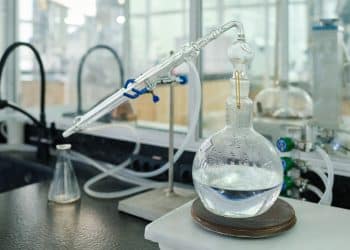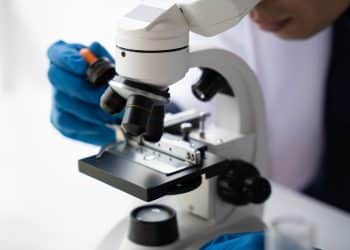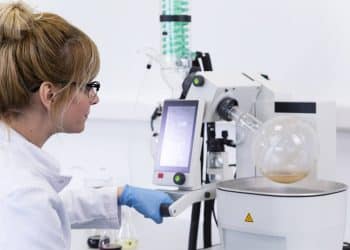When it comes to extracts, research has shown that careful steps must be taken in order to achieve the most biologically active product—principally, choosing the most appropriate solvents and decarboxylation.
A research team in Spain [1] recently performed extraction experiments on ten cultivars of cannabis to determine the effect that two solvents (hexane and ethanol) and decarboxylation would have on the resulting products. More specifically, they tested the extracts for interactions against inflammation and hypoxia.
They validated the well-known concept that the choice of solvent affects the extracts uniquely. Decarboxylation aided in increasing the biological activity of the extracts due to its increasing neutral cannabinoids like delta-9-tetrahydrocannabinol (THC), cannabidiol (CBD), and cannabigerol (CBG), which proved to have greater cytotoxicity against the cell lines used in the study.
The first step in the experiment was the selection of ten cultivars from a list of registered varieties found at the Phytoplant Research at the EU Community Plant Variety Office. Each of these cultivars had a unique cannabinoid profile, which included THC, tetrahydrocannabivarin (THCV), CBD, CBG, cannabichromene (CBC), amongst others.
The plants were extracted with n-hexane or ethanol and crude extracts were produced. These extracts were decarboxylated or left with a mix of neutral and acidic cannabinoids. Of ten cultivars, 40 extracts were compared. Briefly, the extraction procedure consisted of:
- 100 grams plant matter
- Room temperature extraction
- Constant stirring at 190 rpm
- Rotoevaporation at 40º C (hexane) and 50º C (ethanol)
- Decarboxylation at 150º C for 1 hour
Researchers quantified the cannabinoid content and tested the extracts in vitro on three targets at the molecular level demonstrating hypoxia and inflammation. They found that the decarboxylated samples extracted with hexane were most effective at inhibiting NF-κB transcription (the NF-κB transcription factor induces the expression of pro-inflammatory genes). Those extracted with ethanol worked best at inhibiting HIF-1α activation. The overexpression of this transcription factor has been linked to cancer. Decarboxylated samples in general worked well at inhibiting the induction of STAT3, another transcription factor involved in inflammation and cancer.
Interestingly, “the inhibitory activity of these extracts did not seem to correlate with their cannabinoid content”, pointing to other molecules in the extracts, such as Cannaflavin A, that provided inhibitory activity by themselves, or “as part of a phytocomplex”, which certainly provides an example of an ensemble effect.
The researchers note, however, that “the translation value of these findings is unclear…” Further research can help validate efficient and natural methods of dealing with inflammation, hypoxia, and other similar ailments.
Image Source: Pexels
Reference:
- Moreno-Sanz G, et al. Biological activity of Cannabis sativa L. extracts critically depends on solvent polarity and decarboxylation. 2020;7(4):56. [Impact Factor: 1.900; Times Cited: n/a]
